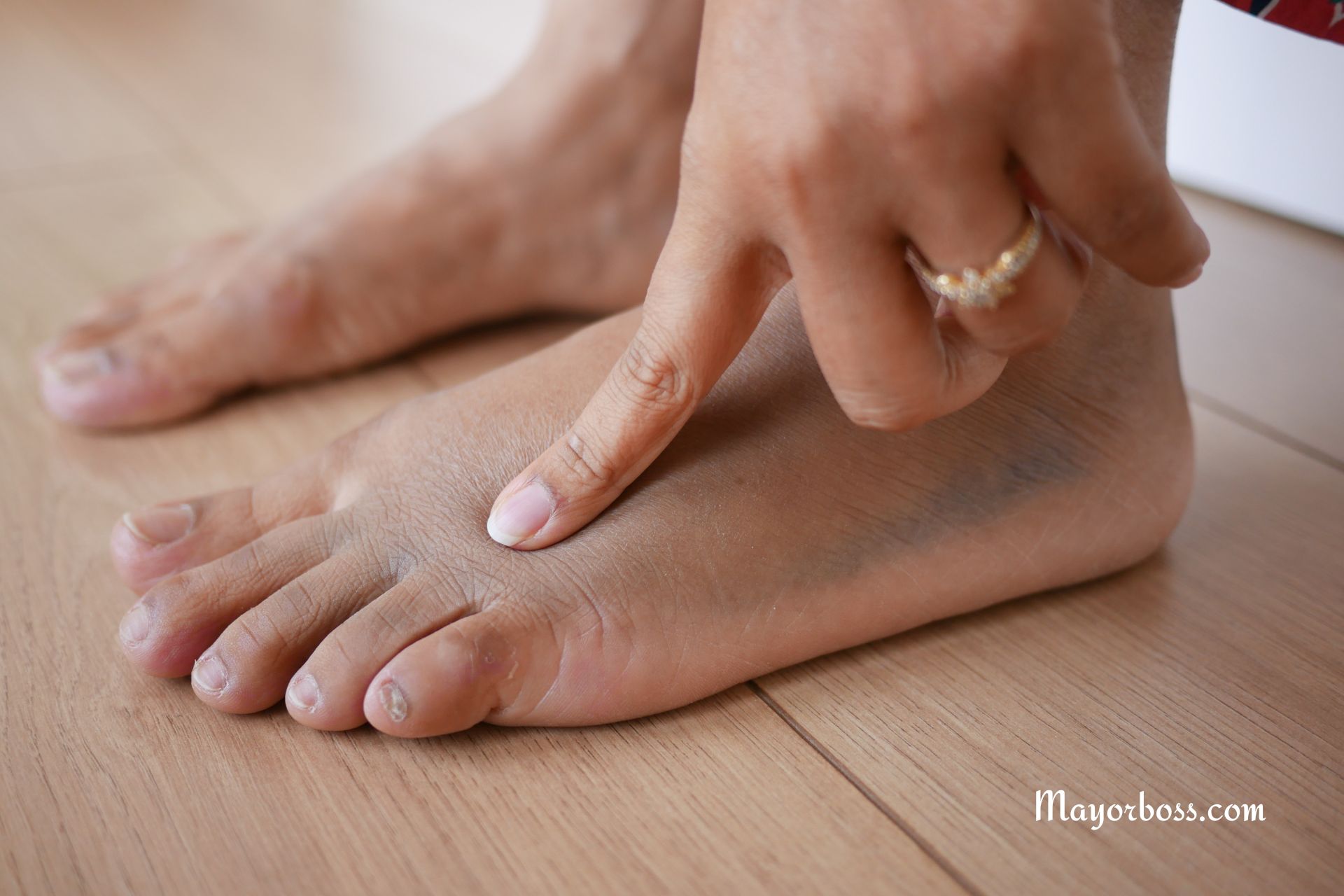Diabetes Warning Signs Can Show Up in Your Feet — Get Help Fast
Individuals often overlook their feet, yet these important structures can reveal vital clues about diabetes. Diabetes affects the manner in which your body manages sugar in the bloodstream. When blood sugar remains too high, it can seriously damage small blood vessels and nerves. Your feet are among the first places to show these changes because they are farthest from your heart.
Limited blood flow and damaged nerves can cause numbness, pain, and infections. Over time, these issues can become severe, leading to sores that refuse to heal and even the risk of amputation. By keeping a close eye on your feet, you can spot danger early and see your healthcare provider before things get worse.

Numbness and Tingling
One common symptom of nerve damage in the feet is a feeling of “pins and needles.” This tingling or numbness often starts in your toes and may spread upward. Since your feet lose sensation, you might not notice cuts or blisters. Even a small wound can become infected because high blood sugar slows healing. If you find that your feet feel cold, numb, or tingly frequently, it is good to mention it to your doctor.
Changes in Foot Color and Temperature
Healthy feet usually share the same color and warmth as the rest of your body. When diabetes has begun to harm circulation, your feet may appear pale, bluish, or even a deep red. You might also notice that your feet feel colder than normal. These color and temperature changes point to poor blood flow, so do not ignore them. Address them early for proper treatment.
Slow-Healing Sores
A small blister from tight shoes can quickly escalate into a tough-to-heal sore if you have diabetes. Such wounds, known as ulcers, often appear on pressure points like the ball of the foot or the heel. If you see a sore that is not improving within a week or two, it is time to seek medical attention. Untreated foot ulcers can potentially lead to infections and more major problems down the line.
Skin Changes and Dry Cracks
High blood sugar can primarily cause dryness in the skin, particularly on the feet. You may notice cracking around the heels or peeling between the toes. Open skin makes it easier for germs to enter and spark an infection. Also, fungal infections like athlete’s foot can show up more often. Keep an eye on any itchy rashes or unusual flaking. A visit to your doctor can identify if there is an underlying issue tied to diabetes.
Swelling and Redness
Swollen and red feet may indicate an infection or injury. This swelling could be mild or quite pronounced. In diabetics, any injury can turn serious rapidly. Because nerve damage often masks pain signals, many individuals do not notice they have hurt themselves. Thus, if your foot swells or turns red, check for cuts or bruises. If the problem persists, consult a medical professional right away.
Protect Your Feet
One of the best ways to shield your feet from complications is to check them daily, especially for people living with diabetes. Give them a once-over each evening: examine your toes, heels, and the bottoms of your feet. Carefully clean and dry them, paying special attention to the area between the toes. Trim your toenails straight across to avoid ingrown nails. Wear shoes that fit properly, and never squeeze your toes. Good-quality socks can help keep moisture in check. Plus, regular exercise can boost circulation to your feet.
Know When to Get Help
If you notice any of these symptoms—numbness, sores, color changes, swelling, or infections—seek medical advice without delay. Your healthcare provider may order tests to measure your blood sugar and check your circulation. Spotting signs early can help you recover.






